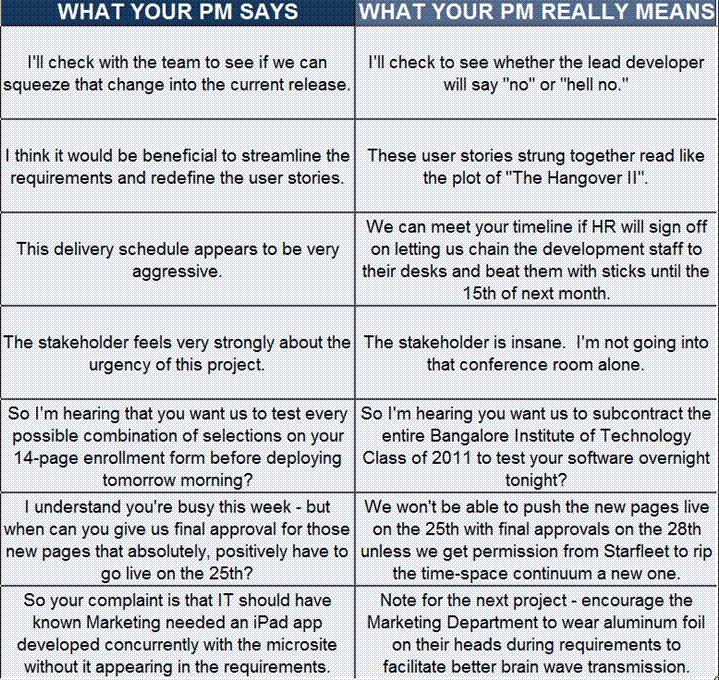Some Agile Marketing projects will wither and die. Oh, they get finished – they just won’t be used. Why?
A SOLO RUN DOWN THE FIELD
Sometimes a developer or team unilaterally decides Marketing’s had enough turns, it’s their turn – they’ll build their own vision. Seriously, I’ve seen it happen. Maybe it really is a great idea and Marketing just won’t green-light it. Maybe the two teams aren’t getting along. Whatever. The point is that deliberately skipping collaboration can allow departmental myopia to take over. It works out occasionally, if there’s a serious UX wonk behind the keyboard. But more often, a tech-only result favors the technical accomplishment – the user CAN complete their task – but the process is so annoying that users want to kick holes in their monitors doing it. And if the style and nav are to the specs of someone’s vision of cool, unmoored from the brand’s, users can bail thinking they’re on the wrong site.
DELAY OF GAME
It’s finished – or rather THIS CLOSE to being finished. Except for that bug that keeps coming back after each build. Except for the two months it went on hiatus to accomplish the Exec Pet Project Du Jour first. Except the requirements changed (bigtime) during those two months it was put on ice. Except the priorities have shifted again and it’s postponed again. Greece will be solvent again by the time it finally gets released.
TOO MANY PLAYERS ON THE FIELD
You know what they say about opinions – everybody’s got one. You’re on the last stage before release. Suddenly the CMO fancies himself a copywriter. The Steering Committee can’t agree on the font. The legal team makes last-minute design suggestions. The data team is suddenly all about the user experience. And the ops team notices three critical steps are missing from the flow – a week after they already signed off on it. There’s only one thing they all agree on: “WE CAN’T LAUNCH IT LIKE THIS!”
CLIPPING
The CTO has issued a directive. Get it out this sprint. Deliver it already. Ship the damn thing. Schnell! Schnell! It will get delivered – even if the features that make it truly compelling got clipped out of the sprint scope to make the release. Those features are no longer iterations on the way to global launch – they’re enhancements in sprint 15. The pressure for delivery is over, so who knows when those will get prioritized? This brings up the definition of “done”, which I’ve covered in earlier posts.
It happened in waterfall. It still happens in Agile – but hopefully with less development time wasted on the clock.




